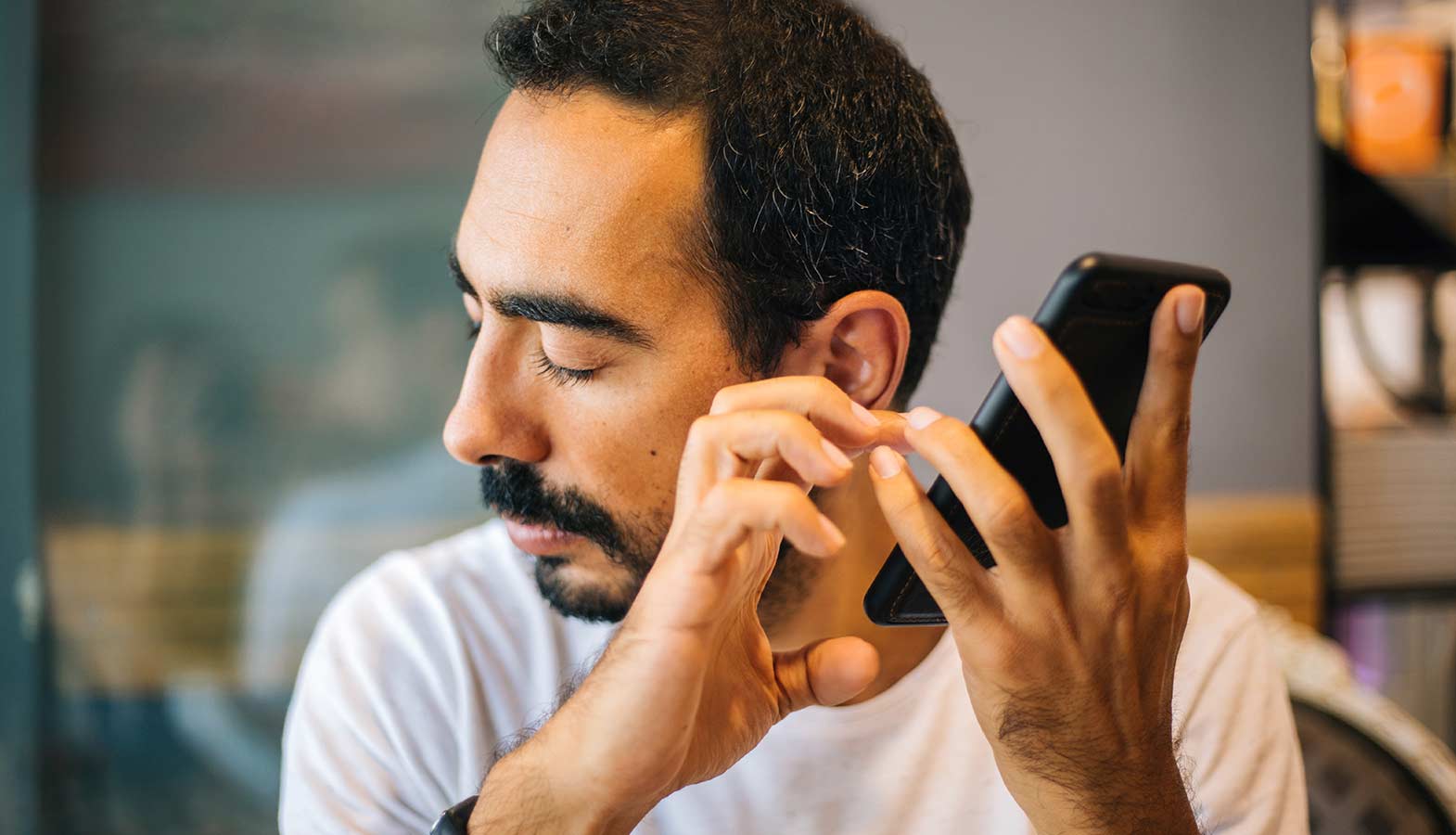How Web Accessibility Can Positively Impact SEO
Web accessibility and SEO are two concepts often viewed separately but are closely intertwined. Web accessibility is the practice of designing and developing websites so that people with disabilities can use them effectively. Conversely, search engine optimization is the process of optimizing websites to rank higher in organic search engine results pages (SERPs) and drive more traffic to the site. This article takes aim at how web accessibility and SEO are dependent on each other and why website owners and web developers should consider website accessibility when designing and developing websites.
What is web accessibility?
Web accessibility is an important initiative focused on providing an equitable experience with accessible rich internet applications for people that rely on assistive technologies like screen readers. This includes people with visual impairments, hearing, cognitive, motor, and other disabilities that could limit their online experience. Website accessibility is essential to the web because it allows people with disabilities to access and use the information on the web without limitation. Without web accessibility, people with disabilities may be excluded from accessing critical information on a web page or participating in online activities.
Web accessibility can be achieved through various techniques, such as:
- Providing text alternatives for non-text content, such as images and videos
- Using proper markup to convey the structure of the content, such as headings and lists, image alt text and title tags
- Ensuring that all functionality can be accessed using the keyboard
- Using colour contrast to make the text easier to read
- Providing captions and transcripts for audio and video content
- Avoiding the use of flashing or blinking content that may trigger seizures
- Designing websites with a clear and consistent layout that is easy to navigate.
Why is web accessibility important for SEO?
Web accessibility is important in search engine optimization because search engines aim to provide the best possible user experience. Websites that are inaccessible to people with disabilities may also be difficult for search engines to crawl and index, and measure against various search engine algorithms. This can result in lower search engine rankings, less traffic, and fewer conversions.
Web accessibility can improve the user experience for all users, including those without disabilities resulting in better ranking in Google search. A website that is designed with accessibility in mind is often more user-friendly, which can result in longer pageviews and more repeat visits. This, in turn, can improve overall search engine rankings, as search engines consider user engagement a ranking factor.
The impact of web accessibility on SEO can be seen in several ways:
- Improved crawlability: When web designers invest the time to understand the relationship between SEO and web accessibility, they can create a website that is often easier for search engines to crawl and index all the pages in the site. For example, using proper markup to convey the structure of the content, from page titles to meta descriptions and images, can help search engines understand the hierarchy of the content and its importance. This can result in better rankings for relevant keywords.
- Increased traffic: By offering an accessible web design for screen reader users, website owners can reach a broader audience, resulting in more web traffic and improving website rankings. Additionally, accessible websites are often more user-friendly, which results in longer page views and more repeat visits.
- Better user engagement: Search engines consider user engagement as a primary ranking factor. User engagement is so important that Google created the PageSpeed Insights tool to help website owners measure Core Web Vitals and make improvements for a better page experience. When elements or the performance of web pages do not meet user expectations, they may get frustrated and leave the site to look for information on another. This is measured as “bounce rate” and can wreak havoc on your organic search results. Both accessibility and SEO strategies hinge on providing the same results to website visitors – a fast, easy-to-understand experience that satisfies the user’s needs.
- Improved social signals: Accessible websites are more widely shared on social media, as they are easier to use and consume. This can result in better social signals, such as likes, shares, and comments, which can also help improve search rankings.
- Enhanced brand reputation: Designing an accessible site shows owners care about their users and are committed to providing the best possible user experience. This can improve the brand credibility and perception of the business, leading to more organic traffic and better search engine rankings.

How to Improve Web Accessibility for Better SEO
Web accessibility is essential for all websites to ensure that users with disabilities can access content without barriers. Implementing these digital accessibility best practices into your web design and development process also checks many boxes required for great SEO performance.
Use Alt Text for Images
Images are an essential part of any website, but they can be a barrier to users that rely on assistive technology. To make your website more accessible, use alt tags or image alt text to describe the images. Descriptive alt text helps a screen reader understand the web page’s content and helps search engines determine what the image is about. Image SEO is one of the most important factors for assistive technologies and major search engines to understand your web page.
Provide Transcripts for Audio and Video
Transcripts are essential for making audio and video content accessible to users with hearing impairments. Search engines cannot read a video file or audio content and rely on crawling the linked transcript – the same way assistive technology makes videos accessible by reading back the transcript to the listener.
Providing audio and video transcriptions helps to make your content more discoverable and accessible to a wider audience using screen reader technology while adding more context for search engine crawlers to rank your page. Transcriptions are also helpful in aiding voice search for connected devices as our reliance on voice search continues to grow.
Use Headings and Subheadings
Headings and subheadings are a great way to break up content and make it more accessible to users with cognitive impairments. How headings and subheadings are used in page content is also an important SEO ranking factor, especially when optimized with meta titles. Headings 1 through 6 help search engines understand the structure of your content. For a more accessible site and better user experience, use proper heading tags (H1, H2, H3, etc.) to structure your content and make it easier to navigate.
Use Descriptive Link Anchor Text
Link text or anchor text should be descriptive of the content it links to, making it easier for users with visual impairments to understand and provide context for all the links on your web pages. Anchor text also helps search engines understand the relevance of the linked content. Web developers should avoid generic text like “click here” or “read more” and instead use descriptive text that accurately describes the linked page to improve accessibility and SEO.
Keyboard Navigation
Keyboard navigation is an essential part of an accessible website, allowing users with motor impairments to navigate your website without a mouse. Following the accessibility guidelines for keyboard navigation also helps search engines understand the structure of your website, as it relies on semantic HTML and can improve your search ranking.
Use Accessible Colour Contrast
Colour contrast is an essential aspect of a site’s accessibility. Accessibility guidelines vary slightly depending on the part of the world you live in, but ensuring visually impaired users can read your content is paramount. Both accessibility and SEO best practices require the contrast between text and background to meet the minimum guidelines set out by the Web Content Accessibility Guidelines (WCAG).
Use AI-Powered Applications to Extend Accessibility
With advancements in artificial intelligence, we now have the technology to include dynamic and responsive accessibility tools for website visitors. Applications like accessiBe run behind the scenes to audit your website for accessibility compliance in real-time and generate actionable reports to help keep your website accessible. These tools have become so advanced they can provide a user-initiated interface on the website to allow the user to adjust the website behaviour and appearance to their preference making your website more engaging and user-friendly.
Think of Web Accessibility and SEO as One Concept
Improving website accessibility not only benefits users with disabilities but also improves your website’s SEO. Following these concepts, you can ensure that your website is accessible to all users and also improve its search engine visibility as search engines observe more positive user experience signals.




